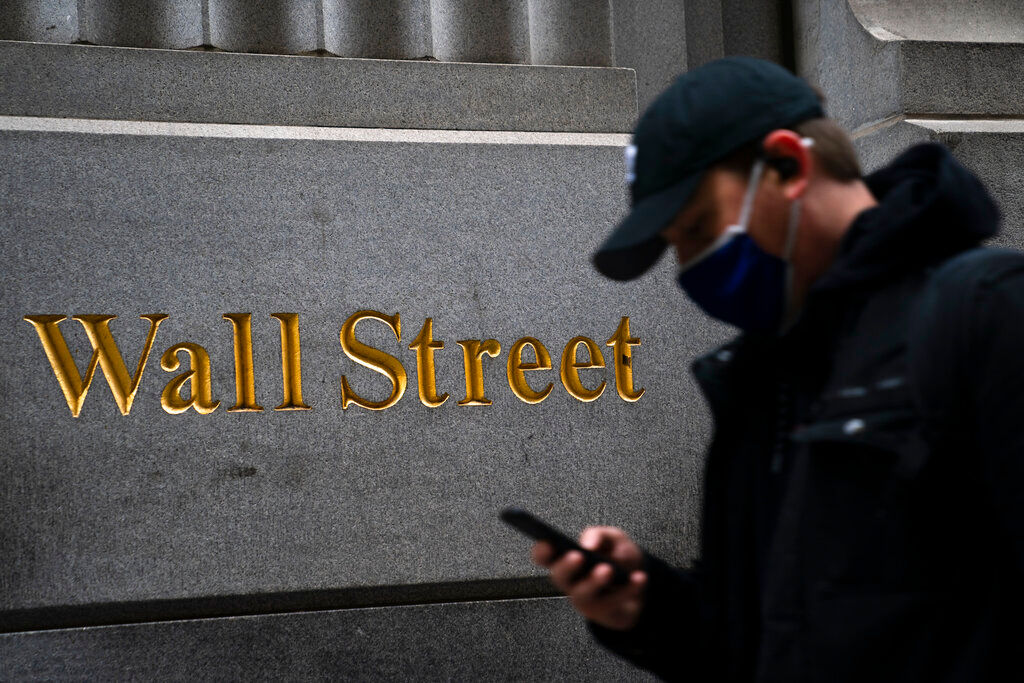Stocks in the United States fell on Tuesday after another day of drifting trade, as Wall Street argues whether the market’s recent strong run represents the beginnings of a comeback or simply a momentary blip.
Also Read| US Stock Market: DJIA, S&P500 and Nasdaq turns red in early trade on Tuesday
The S&P 500 slid 27.44 points, or 0.7%, to 4,091.19 after fluctuating between a 0.9% loss and a 0.5% gain during the day. The Dow Jones Industrial Average fell, even more, shedding 402.23, or 1.2%, to 32,396.17, owing mostly to a decrease in Caterpillar stock. The Nasdaq composite fared better, but down 20.22 points, or 0.2%, to 12,348.76.
Also Read| Trending Stocks: Adani Green, Subex, Voltas, ITC and others in news today
Treasury yields climbed through the day as concerns calmed a bit that the first visit by a U.S. Speaker of the House to Taiwan in 25 years could spark conflict between the world’s two largest economies. Analysts also cited comments by Federal Reserve officials that suggested continued hikes to interest rates are coming in order to knock down inflation.
Also Read| Stocks to watch on Wednesday, August 3, 2022
The S&P 500 is down nearly 1% so far this week after spurting in July to its best month since late 2020. It was a rare winning stretch for the market, which has struggled this year under worries about the highest inflation in 40 years and rising interest rates from the Federal Reserve to combat it.
Some weak recent data on the economy heightened speculation that the peak for inflation and for the Federal Reserve’s aggressive rate hikes may be approaching or has already passed. The weak data, though, also shows the risk of a recession as the Fed puts the brake on the economy.
Also Read| Trade Setup: Top 15 things to know before market opens on August 3, 2022
A report on Tuesday showed that U.S. employers posted fewer job openings in June, and the number was weaker than economists expected. A lot rides on whether the job market can remain resilient. It’s been helping to prop up the economy as inflation tears into the finances of households across the country.
On Friday, a report will show how many workers U.S. employers added last month, and economists expect it to show the unemployment rate remains very low even as hiring slowed.
Also Read| Why RBI would be pushed to hike interest rates
More support for Wall Street recently has come from stronger-than-expected corporate profits for the spring. On Tuesday, rideshare company Uber surged 18.9% after it reported stronger revenue than analysts expected.
Much of Wall Street’s focus Tuesday was also centred across the Pacific Ocean on U.S. House Speaker Nancy Pelosi, whose plane touched down in Taiwan a little after trading began in New York. Her visit ratchets up tensions with China, which claims Taiwan as its own and quickly announced it would conduct military manoeuvres in retaliation for her presence.
Also Read| RBI expected to hike interest rate by 35-50 bps
The worry in financial markets is that tensions could boil over, leading to blockages in international trade. China and Taiwan are together the sources of half the semiconductor chips consumed by the world “and almost all of the latest high-tech chips,” High-Frequency Economics chief economist Carl Weinberg wrote in a report.
Treasury yields fell in the morning with the worries but recovered as the day progressed. The 10-year yield rose to 2.75% from 2.61% late Monday.







